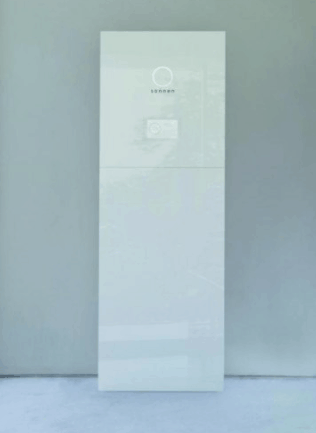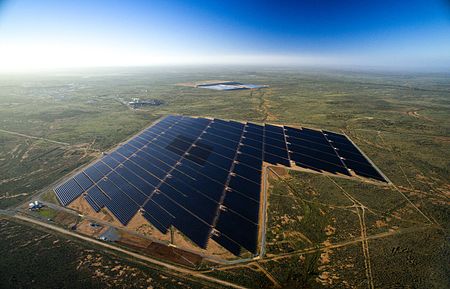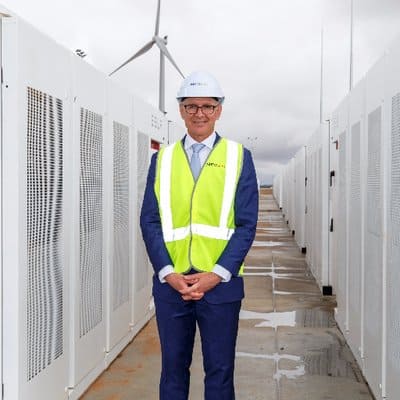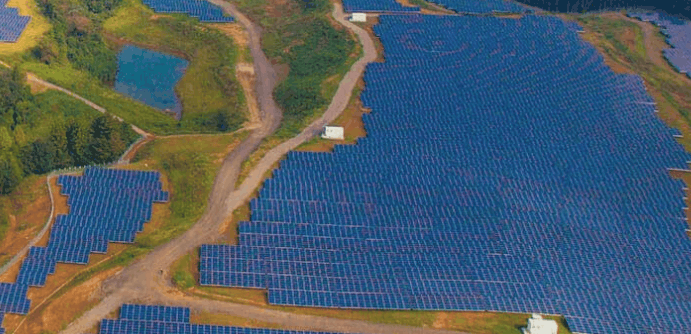Carnegie Clean Energy reported earlier this week that they have secured $3 million in government funding to build a 2MW, 500 kWh Battery Energy Storage System (BESS) at the General Motors Holden site in Elizabeth, South Australia. The funding will come from the Renewable Technology Fund, part of the South Australian Government’s Energy Plan.
Solar microgrid at the General Motors Holden Site
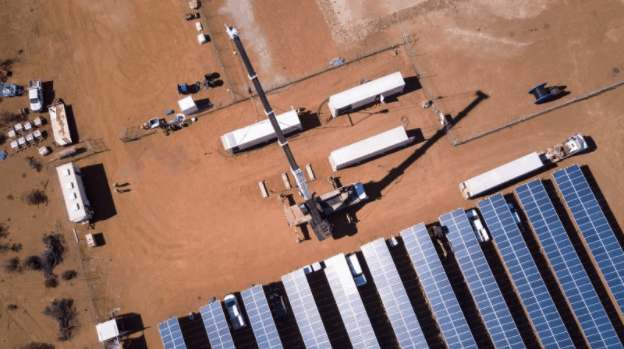
The site will provide grid-support services during peak times and, according to Infrastructure Magazine, will operate in tandem with the existing diesel backup generators at Elizabeth.
Premier of South Australia Jay Weatherill said “This solar and battery project by Carnegie is part of a wave of new investment in South Australia we have leveraged through the $150 million Renewable Technology Fund announced as part of our energy plan.
“Renewable energy projects like this also reduce demand on the grid during peak times, which puts downward pressure on power prices for all South Australians. This project is symbolic of the broader transition we are seeing in our economy away from traditional manufacturing towards high-tech industries creating jobs of the future for South Australians” Weatherill added.
Carnegie’s Managing Director, Dr Michael Ottaviano, said, “We are fielding an increasing number of opportunities that historically were performed by diesel or gas turbines, for which battery systems are now increasingly competitive. The CCE battery solution offers faster response time, lower operating cost, no greenhouse gas pollution, and silent operation. This is Carnegie’s first project in South Australia and means we are now delivering projects right across Australia.”
According to Dr Ottoviano the company will cover approximately 20% of the plant’s roof space initially, but there is no reason they couldn’t end up using the other 80% as well:
“It’s a way of looking at what formerly would have been just a roof and turning it into an energy production asset,” he said in news.com.au.
South Australian Energy Minister Tom Koutsantonis discussed the effect it and other renewable investments are having on the job market:
“Jobs are our number one priority and this solar battery project by Carnegie is part of a wave of new investment,” he said.
There have been many exciting developments for South Australian solar over the past 12 months and it’s great to see them keep coming.
The microgrid is expected to commence operation by December.

